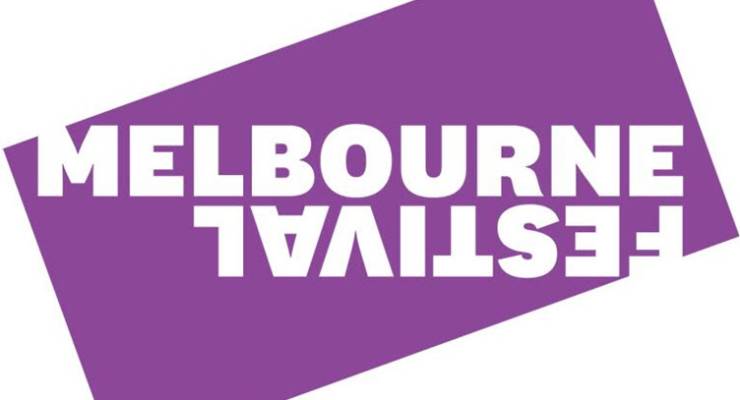
Daily Review’s Ben Neutze asked a fascinating question last week: how accessible are our big cultural events?
Neutze was discussing the Melbourne Festival’s headline show, the Taylor Mac spectacular A 24-Decade History of Popular Music. The show is by all accounts utterly dazzling, but many were dazzled by something else: the $699 ticket price.
With tickets limited to just 850, Neutze questioned the show’s radical credentials. “Can art be a truly radical ‘social history’ of America if the circumstances of its performance exclude parts of a society?” he asked. “Can it truly be about social inclusion if its price is exclusionary?”
Melbourne arts writer and performer Jessi Lewis chimed in, posting a piece on The Alternative Gig Guide in which he pointed out that “there is a huge but not often discussed class divide within the GLBTIQ community”.
When Crikey followed up with an email, Lewis told us that the rhetoric of inclusion didn’t match up. “Most times these festivals proudly claim to be ‘inclusive’ and a ‘celebration of/for the people’,” he wrote, but were in fact “falling further behind and away from those ideas of inclusivity and accessibility.”
“How is this work, that is meant to be a celebration of queer culture, in any way inclusive?” Lewis asked.
The answer, course, is not very; $700 tickets are neither “inclusive” nor “accessible”.
Melbourne Festival director Jonathan Holloway has defended the pricing, pointing out there are tickets available for under 30s for $39. Speaking on local radio station 3RRR last week, he told the station’s Richard Watts: “It is 150 performers and 50 crew members working for two weeks, just on this piece one piece of work. And nobody is doing it for nothing, we pay absolutely everyone who is involved.”
In one respect, Holloway is right. Putting on extravagant performing arts events is costly. And, leaving aside that $699 ticket, most of the Melbourne Festival is not expensive, by the standards of the rest of the performing arts.
There are a swag of international artists playing at the Melbourne Festival for under $80, including the Magnetic Fields, Mette Ingvarsen, Yang Liping, Joop Beving and Lambchop. Quite a lot of local theatre and dance is under $60. There are several free events.
In contrast, a ticket to the last week of Melbourne Theatre Company’s production of Michael Frayn’s Noises Off is $99 for an adult, or $39 for an under-29. Malthouse’s The Real and Imagined History of the Elephant Man will set you back $69, or $35 for under 30s.
When I looked today for tickets to the long-running Book of Mormon, playing in Melbourne’s Princess Theatre, they were priced at around $140 to $190. Touring international musicians are regularly playing for under $100 at venues like The Forum and The Corner.
You can see the Australian Ballet’s Symphony in C for under $50, if you are lucky enough to snag an “E Reserve” ticket on their website, although average prices for better seats are above $100.
Is this expensive, or cheap? Well, that depends.
For the affluent, a $100 ticket to the theatre is just a normal night out. For poorer Australians, this kind of treat might be the frugal dividend of months of careful saving.
A worker on the minimum wage earns around $630 a week after tax. That’s not a lot of cultural spending power, once food, shelter and other necessities are factored in. For those on low incomes, these ticket prices represent a significant share of their disposable income.
And who are among the lowest earning occupations? Performing artists: actors, dancers and musicians earn much less than the national full-time average income. The last data, from the Australia Council in 2010, put the median income for Australian actors, dancers and musicians below $25,000, or less than the minimum wage. Roughly half of Australian performing artists earn less than $10,000 a year from their practice.
So there is a class analysis here. Stratospheric ticket prices to the Melbourne Festival speak of an event that is comfortable with affluence and privilege, perhaps even at the expense of its own community.
In his now-notorious appearance on the ABC’s Q&A last year, Duncan Storrar complained that he couldn’t afford to take his children to the movies. Many mocked him, but Storrar was simply stating the truth: for many low-income Australians, spending $50 taking your kids to the cinema is out of reach.
Meanwhile, the Melbourne Festival is selling tickets worth more than a fortnight of Newstart.
For a sole parent on benefits, or a starving artist with big dreams, $700 tickets to taxpayer funded festival events must seem like everything that is wrong with the arts.








A ticket costing around the median weekly wage – what happened to starving in a garret, the only sure way to produce arz worth a pinch of the proverbial.
I am so pleased that nobody else has bothered to comment of this classic piece of first world wankerist whingeing.
“Entertainment tickets” are a symptom.
It goes further to inequality, that people (including entertainers, no matter the niche – it is a part of our culture) are living a precarious life on the edge, having to scrimp, save and go without – just to survive, let alone flourish – kept there by circumstances beyond their control. As society swirls around and above them : but not of them.